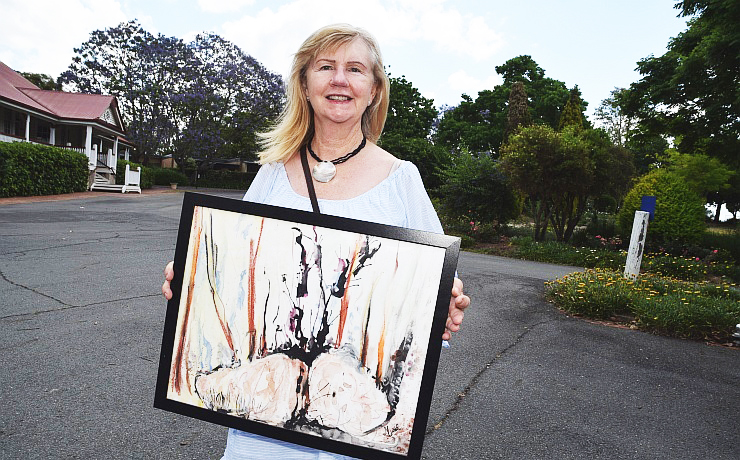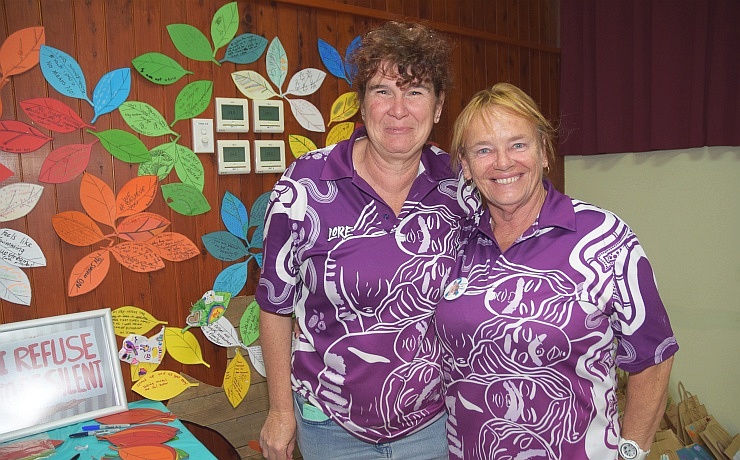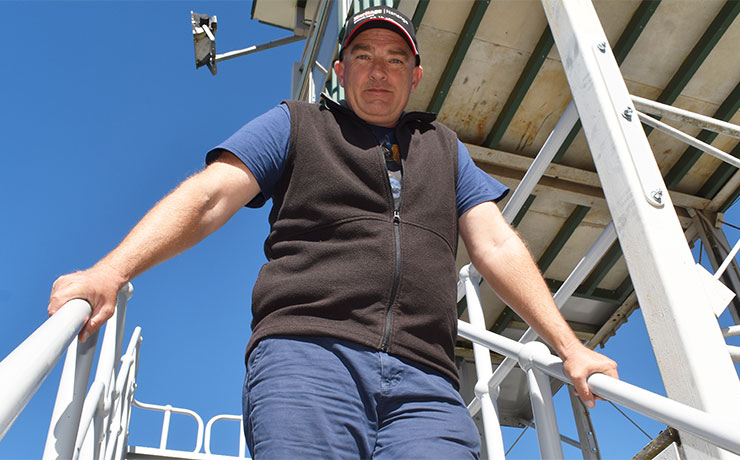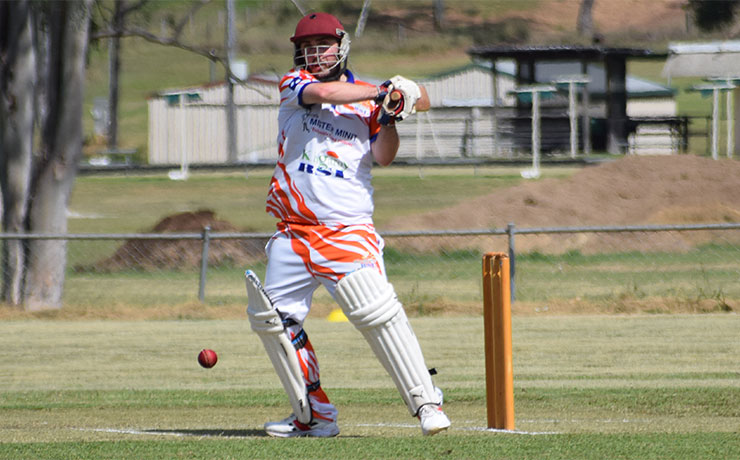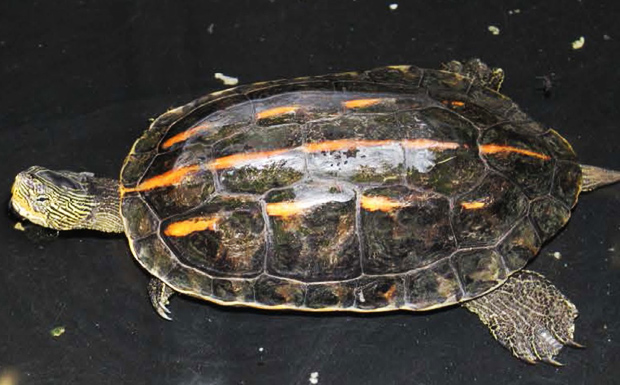
April 29, 2014
Biosecurity Queensland and Toowoomba Regional Council have begun a hunt for exotic pest turtles following the recent discovery of Australia’s first Chinese stripe-necked turtle.
The turtle was suspected of being dumped in Toowoomba’s Bicentennial Waterbird Habitat.
Agriculture Minister John McVeigh said a Chinese stripe-necked turtle plus nine non-native turtles were recently found during a recent fauna assessment.
“Biosecurity Queensland and the Toowoomba Regional Council will today begin monitoring the ponds to see if any more pest turtles are present,” Mr McVeigh said.
“It’s the first time a Chinese stripe-necked turtle has been found in Australia, and we need to ensure it doesn’t have an opportunity to breed and spread.
“This turtle is a Class 1 pest because it can prey on native animals, compete with them for space in the wild, and may also carry diseases that can spread to native animals.
“It’s illegal to keep exotic animals such as this turtle in Queensland without a permit. For someone to have dumped one in our waterways is very irresponsible.”
Toowoomba Regional Council Mayor Paul Antonio said it was likely the turtle was an unwanted pet.
“Any dumping of exotic pets into local reserves or parks poses a major threat to Australian fauna. People need to think about the repercussions of their actions,” Cr Antonio said.
“Council is working with Biosecurity Queensland to check if any other turtles have been dumped.”
Turtle experts from the Department of Environment and Heritage Protection will assist with the monitoring to identify native turtles.
Members of the public should report any knowledge or sightings of exotic turtles to Biosecurity Queensland on 13-25-23.
* * *
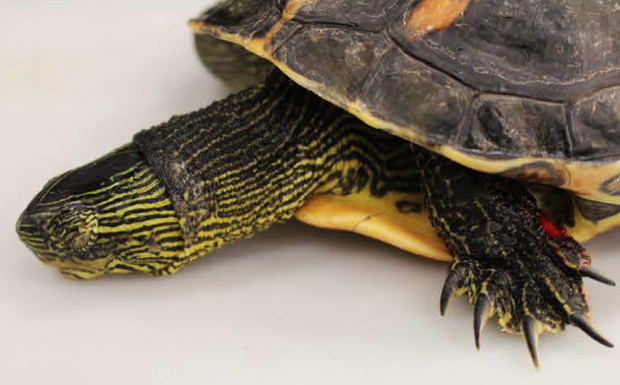
The Chinese stripe-necked turtle (Mauremys sinensis) is native to China, Vietnam and Korea. It is a potential invasive freshwater turtle species that grows up to 24cm long. The shell is reddish-brown to black, with yellow stripes, the underside of the shell is yellow. The Chinese stripe-necked turtle has a narrow head and cream-coloured jaws and chin. Female Chinese stripe-necked turtles are larger than males. Unlike native turtles, which tuck their heads in on the side, the Chinese stripe-necked turtle retracts its head straight back into the shell. This is the most reliable characteristic for distinguishing these turtles from native species.












